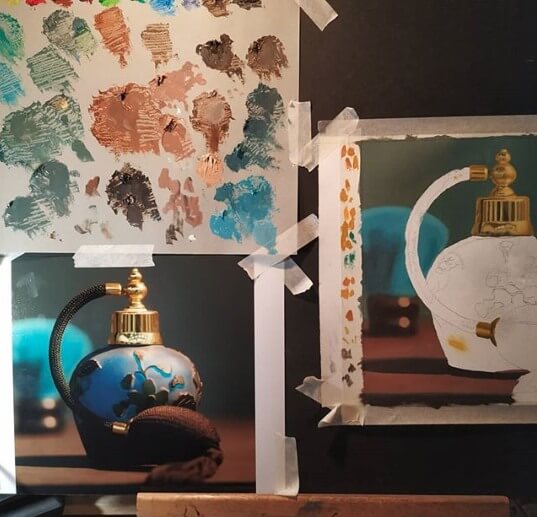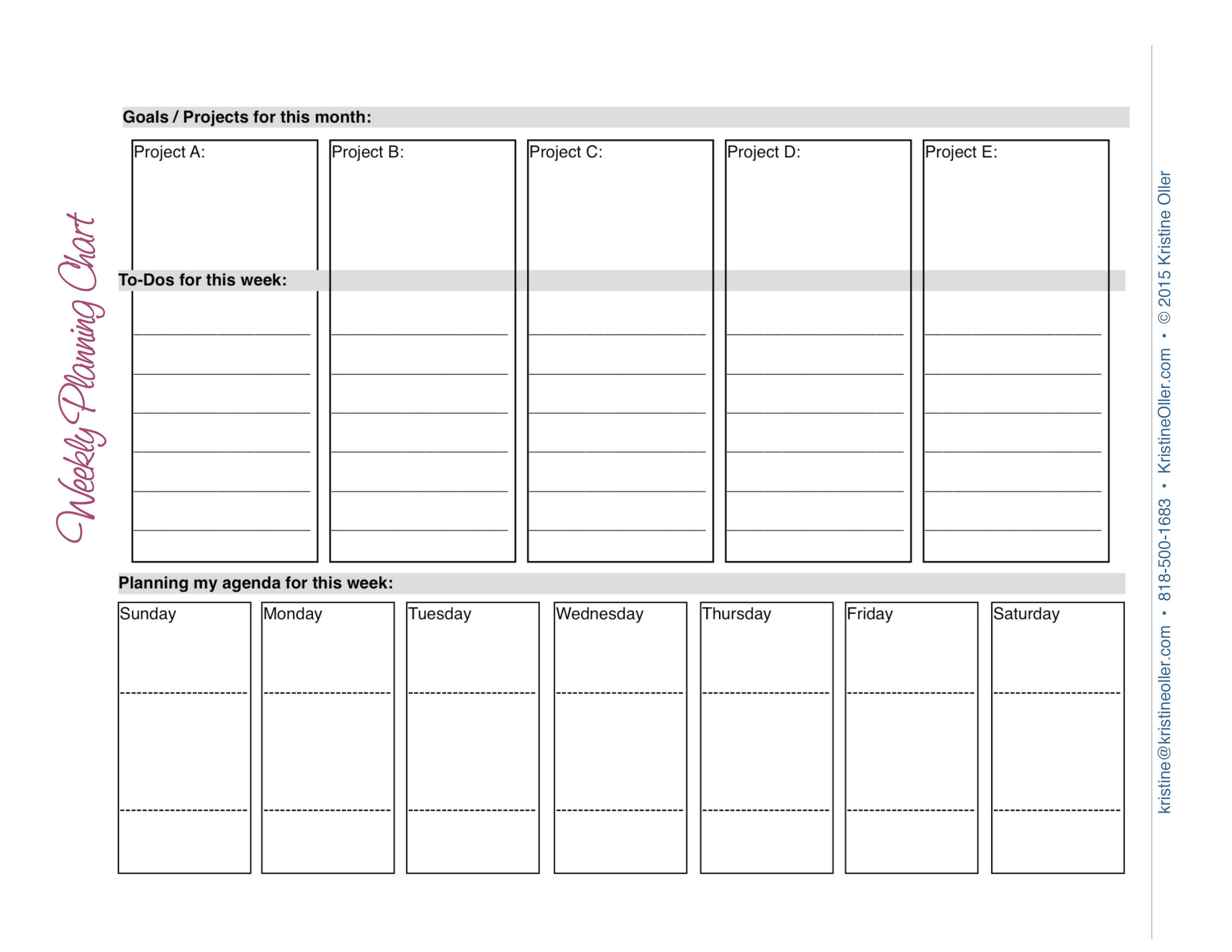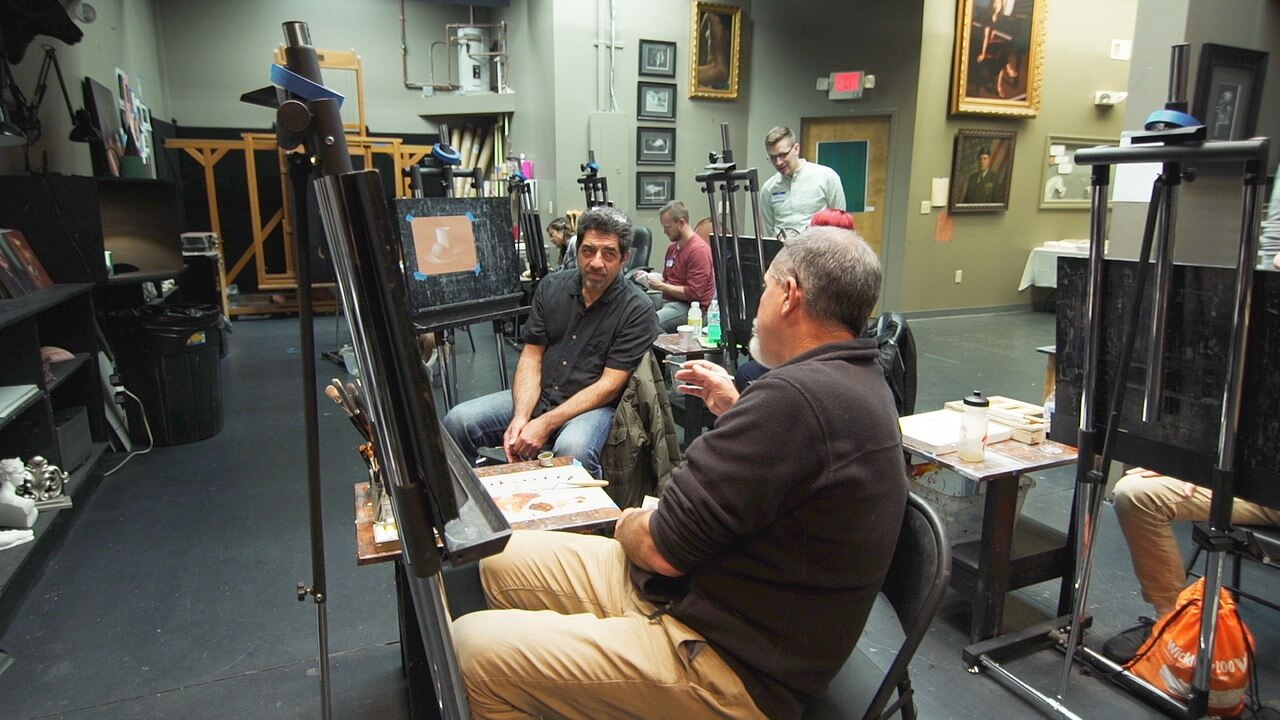
How can busy people make more time for making art? Consistently carrying a sketchbook is a good way to start getting in the habit of making art whenever you have time. (Photo by Kamila Maciejewska)
Do you know how to make time for art and are you actively doing so?How many hours each week or each day do you spend making art?
If you have even a slightly busy schedule, it’s probably not as much time as you’d like.
If you work a full-time job, are raising a family, or have other non-negotiable things that take up a lot of your day, making time to set aside for art can seem like an impossible luxury or a stressful addition.
Learning how to make time for art and reinforcing it is a discipline that needs to be both flexible and concrete. So if you feel as though your days are filled to the brim and making art just keeps getting pushed down the list, this post is for you.

Evolve students learn how to manage their time and organize paintings, like this one by Dimitris M. , in order to complete complex work.
Make Art by Reclaiming and Reutilizing Time
Learning how to make time for art is easier said than done. The 7 tips below are a no brainer but actively doing them can be a bit tough at first but very doable!
The first thing you want to do when learning how to make time for art is to find the time in the day that you can reclaim. Reclaim YOUR time so you can do more of what you love: making art.
If you're just starting your journey and would like to know more about how to oil paint, check out this article: Fundamentals of Painting
1. Make Art Throughout the Day
Maybe this means sketching at lunch or after dinner. It could be drawing or writing down notes of what you’d like to do while on hold on the phone. Perhaps there is a 15-minute time slot when you are waiting in a pick-up line that you can pull out your journal and sketch out ideas or practice new techniques for making art. Even just a little helps.
2. Carry a Blank Journal With You Everywhere
When pockets of time open up, you can bring out your sketchbook and draw or brainstorm ideas. Draw the world around you or little details. Practice finding light and shadow and differentiating between the two. Draw out ideas for paintings or still-lives and how you would light them. These quick, little sketches don’t need to be perfect, but they will get you into the habit of making art.
3. Reduce Screen Time
Use the time you normally spend scrolling through social media or watching tv for making art instead. Calculate the time you spend watching tv or scrolling through social media and instead push yourself to fill that time with something that you enjoy doing and will help you to achieve your goals. Set timers on social media accounts to allow yourself to stay caught up with friends while also setting healthy boundaries on this time and reclaiming it for your art practice and making art. If you're serious on learning how to make time for art, reducing screen time is a sure way to do so especially if it is not helpful to reaching your art goal.

Reducing screen time and time on social media often yields extra time to grow in your artistic abilities. (Photo by Dai KE on Unsplash)
Next, set boundaries for your art. How important is art to you? Is it important enough to commit time to? If it is one of your higher priorities then you might consider treating the time you spend on it a bit differently.
4. Treat Your Time for Making Art Like a Class
Block out sections of time in your weekly calendar to make art, no matter how small, and do not allow anything else to take over that time. Find a time that is free and treat your art like a class, one you have to show up to and that cannot be canceled. Do not schedule things over your “class” and take that time seriously, trying your best to show up every single week at the exact same time. Even if it is only 30 minutes or an hour, doing a little bit each week might not seem like a lot, but over time, it adds up. Give yourself a time that is only for making art. No distractions, no cancelations, and no booking things during this class.
5. Establish Deadlines and Goals
Having clear goals is one key to staying productive in the time you have. Setting monthly, weekly, and even daily goals in your art practice will help you to break down your long-term goals into doable objectives. For example, if you want to complete two homework assignments a week for Evolve, divide up the workload into manageable sections and assign those tasks to each day of the week in order to reach your goal by the end of the week.
Establishing these deadlines and goals will help you keep moving forward and reduce the chances of putting off your work and allowing other distractions to take the place of making art.
Love your goal!

Start planning out your week in order to accomplish goals in making art, no matter how small. This chart by Kristine Oller can be very helpful for artists!
6. Find an Art Accountability Partner
Having an accountability buddy for your artistic practice will help you meet your goals for making art. While ultimately the responsibility is on your shoulders, having someone to encourage and motivate you can be incredibly helpful. Meeting with another artists in person or online once a week can help you build momentum, have a sense of responsibility and accountability, and turn isolating art practices into an encouraging environment.
7. Get Organized!
Being engaged and organized is important for artists. Isolation can lead to discouragement and disorganized artists rarely complete tasks. Establishing deadlines, goals, and accountability often sounds too restrictive for creatives, but getting yourself organized is the key to sustainably making time for making art. While flexibility is important as an artist, establishing boundaries and goals will help you avoid putting off tasks and projects that are less fun. Organized artists can stay focused and move forward, making the most of the time they have.

Encouragement and accountability can be found in other artists.
Final Thoughts on How to Make Time for Art
Ultimately, making time for making art is on your shoulders. If you find yourself saying “I wish I had time to make art”, know that you will never have the time; you have to make the time.
With responsibility, jobs, and family, things will come up that distract us from our art. But by starting small, reprioritizing, and focusing on the things you can control, you will make so much more time for your art.
This week, try scheduling your art and setting some achievable goals. What time can you reclaim?
Let us know in the comments below what actions you are taking to make more time for your art!
FREE MASTERCLASS:
The 4 Part Framework to Develop Artistic Excellence in 12 Months
